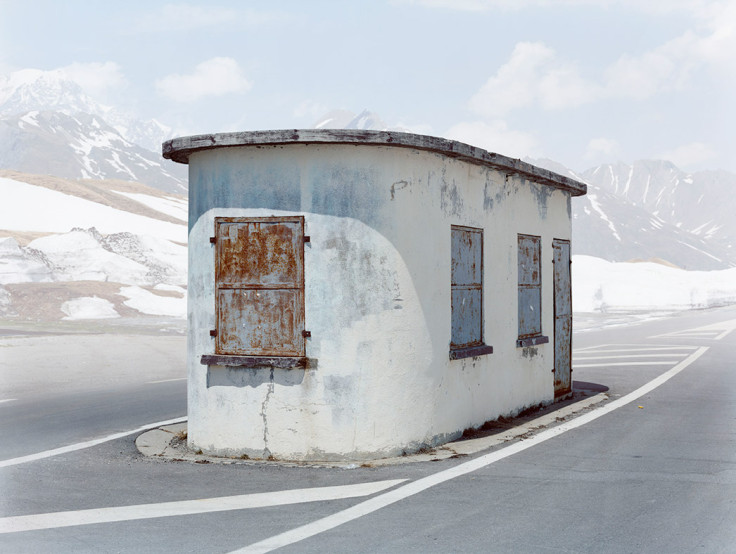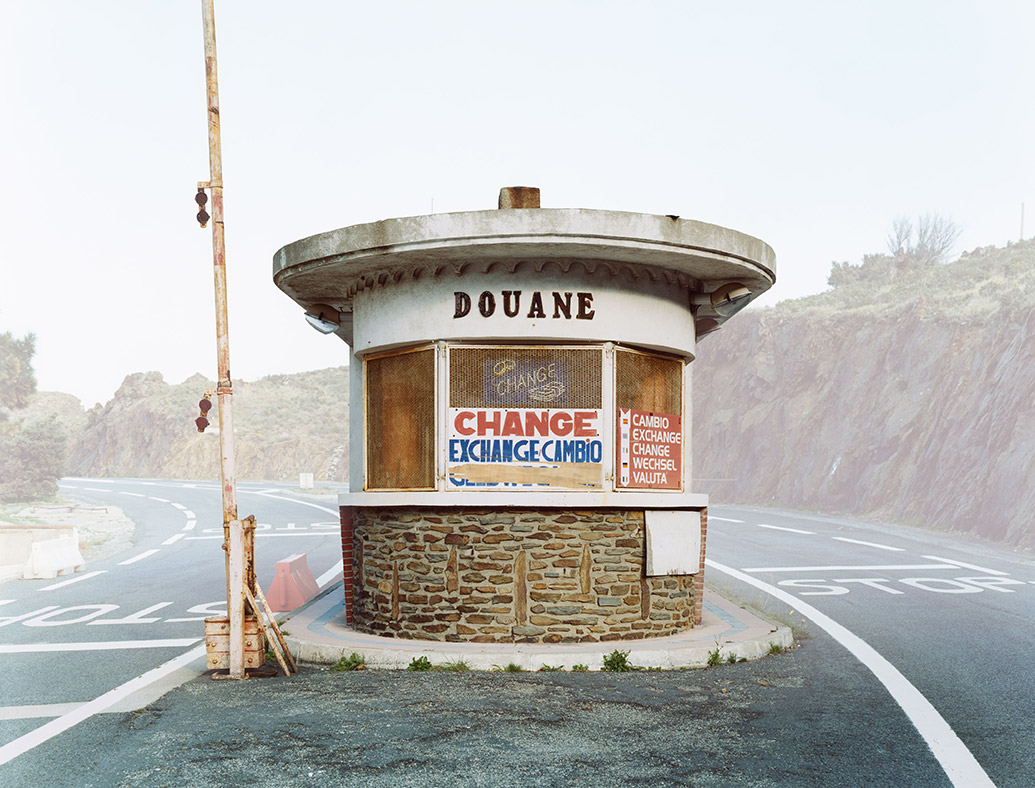Josef Schulz's photos of disused border posts: Reminder of Europe's past – and a warning about its future
Josef Schulz, a Polish-born photographer based in Germany, travelled around Europe to document disused border posts and checkpoints.
Josef Schulz, a Polish-born photographer based in Germany, travelled around Europe to document disused border posts and checkpoints. These buildings ceased to have a purpose around 30 years ago with the formation of the Schengen Zone, allowing passport-free travel throughout much of Europe.
Named Übergang, after the German word for crossing, it's a timely project – as of 16 February 2016, seven countries in the Schengen Zone, including Germany, have reinstated border controls in an effort to slow the flow of migrants and refugees.

Schulz says: In the past, national borders were divisive by character. In some cases their purpose was to delineate between political, legal, fiscal and monetary systems, in others between linguistic and cultural differences. Borders were lines, drawn not only across territories but also through our heads. In present-day Europe, internal borders are losing their political and economical function of demarcation. But border posts are much easier to abolish than mental barriers."
He has digitally manipulated the images, so that the backgrounds seem shrouded in fog, allowing these redundant border posts to stand out. He explains: "The border posts resemble abandoned sentinels or faded monuments of past partition. They will remind us of what has yet to be achieved, recalling that they could one day easily be returned to their previous function." Each building is shaped by the architectural trends of each nation and period.
















He says his interest in these past places of border-line experience can be traced back to the story of his own life: "I grew up in Poland, a country whose territory was repeatedly redefined in the course of history. The border police have now disappeared from our frontiers, too, and the border stations seem quite harmless today – but they will continue to conjure up unsettling images in our minds for many years to come."
Schengen has been temporarily suspended by Austria, Denmark, France, Germany, Norway and Sweden to keep migrants and refugees from crossing their borders. Now stretching from Greece in the south to Iceland in the north and encompassing more that 400 million people, the Schengen area has offered border-free commercial and personal movement since an initial 10-nation pact in 1985.
It has been widely considered one of the European Union's most successful, wealth-creating projects, stretching to several non-EU countries and excluding just Britain and Ireland in Western Europe.
See more of Josef Schulz's photographs at www.josefschulz.de.
© Copyright IBTimes 2025. All rights reserved.






















